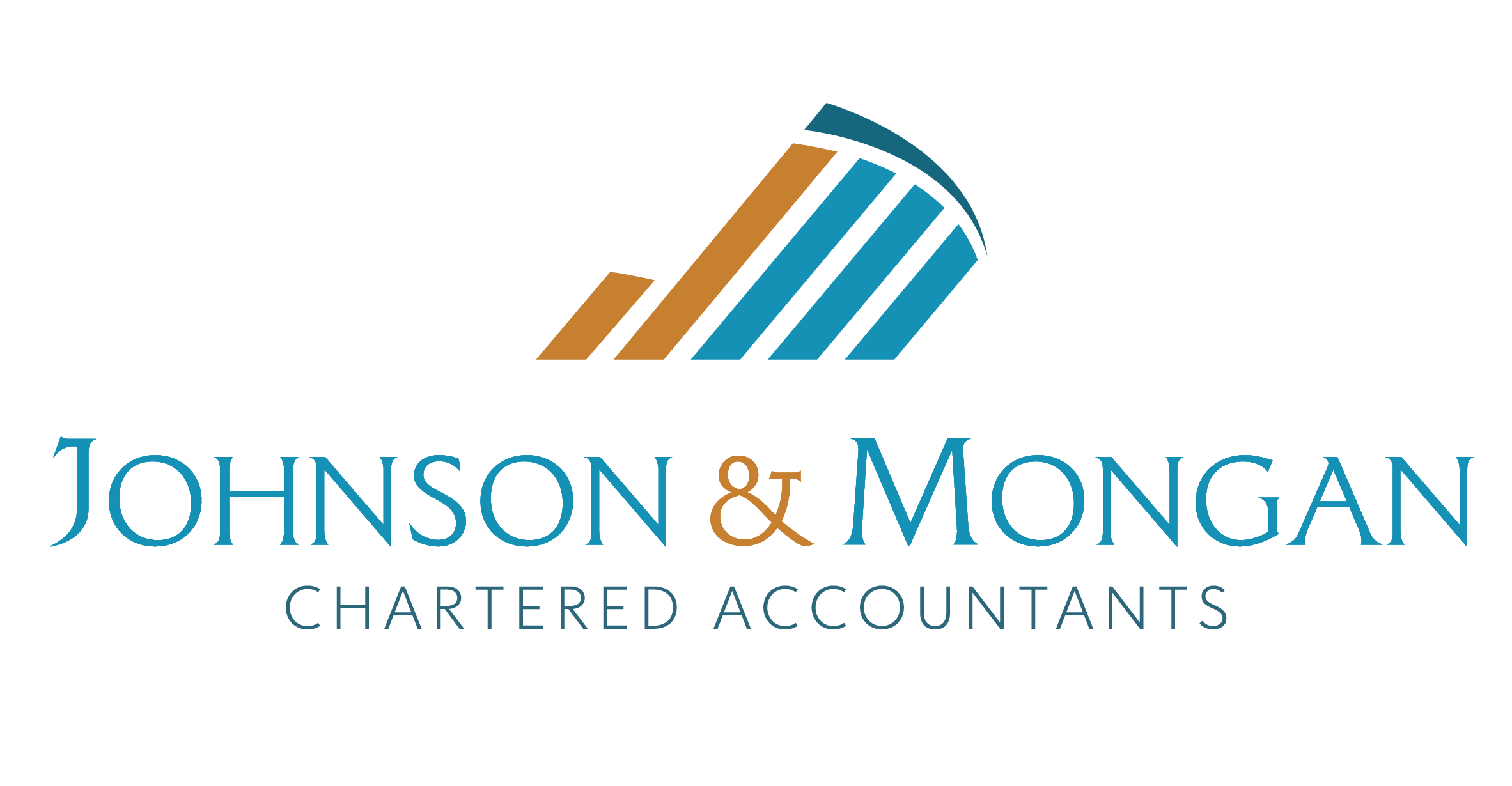What to expect in 2022
2022 is set to be a bumpy year for investors, but sticking to an investment strategy and thinking long-term will help investors navigate the road ahead.

Investment returns are unpredictable.
Take last year, for example. Few would have predicted that the price of coffee beans would outperform global share markets.
But that’s exactly what happened, thanks to a combination of unforeseen climatic events and the ongoing impact of the Covid-19 pandemic on supply chains around the world.
Those factors, combined with political instability in some coffee-producing regions, saw the price of beans rise almost 80 per cent over 2021.
That was almost three times the 26.9 per cent gain by the United States share market and around six times higher than the 13 per cent increase recorded by the Australian share market.
Even still, share market returns last year were among the best ever recorded. They continued their upward momentum after what ultimately proved to be a stellar year in 2020.
So, what will happen in 2022? For one thing, don’t expect the price of a cup of coffee to come down.
But, as for other investment returns, expect similar challenges to the ones experienced in 2021. Here’s some key insights from our latest Vanguard Economic and Market Outlook report.
Our outlook for 2022
Global growth: The global economic recovery is likely to continue in 2022, although we expect rebounding activity to give way to slower growth whether supply-chain challenges ease or not. Labour markets will continue to tighten, with several major economies including the U.S. quickly approaching full employment.
In both the U.S. and the euro area, we expect economic growth to slow to 4 per cent. In Australia, we expect stronger growth in 2022 of around 4.5 per cent as lockdowns ease on the back of positive vaccination progress.
Global inflation: Consumer prices have trended higher across most economies, driven by a combination of higher demand as pandemic restrictions are lifted and lower supply.
We expect supply/demand frictions will persist well into 2022 across developed and emerging markets. Inflation is likely to remain elevated given the employment outlook and will be the critical determinant in interest rate policies.
Financial markets: A backdrop of low bond yields, reduced government support, and stretched company valuations in some markets offers a challenging environment despite solid fundamentals. We’re projecting the lowest 10-year annualised returns for global shares since the early 2000s, with more attractive returns expected outside the United States.
We expect the lowest ones in the U.S. (1.9 per cent–3.9 per cent per year), with more attractive expected returns for non-U.S. developed markets (5.0 per cent–7.0 per cent) and, to a lesser degree, emerging markets (3.8 per cent–5.8 per cent). Meanwhile, returns for the Australian market are expected to be in the range of 3.5 per cent–5.5 per cent, which is around 2 percentage points lower than our outlook last year.
Thinking long term
While past investment returns can’t be used to predict the future, they’re a useful roadmap.
Vanguard’s 2021 annual index chart shows that while markets experience volatility and can sometimes fall quite sharply over short periods, they consistently rise over longer time frames.
A $10,000 investment in mid-1991 into the U.S. share market would have grown to $217,642 by 30 June 2021 if all income received had been reinvested back into U.S. shares. That's based on the 10.8 per cent average annual return from the broad U.S. market over 30 years.
The same amount invested into Australian shares would have grown to $160,498 based on the 9.7 per cent per annum return from the Australian share market since the start of the 1991-92 financial year.
Left in listed property, which has returned 8.6 per cent per annum, a $10,000 investment would have increased more than 10 times to $118,013. The same goes for international shares, although its 8.3 per cent per annum return delivered a slightly lower outcome and would have turned $10,000 into $107,939.
In Australian bonds, which have returned 7 per cent per annum over 30 years, a $10,000 starting investment would have been worth $75,807 at 30 June last year.
The lowest long-term return over three decades has been from cash.
If you'd left your money in cash it would have earned 4.6 per cent per annum and grown to $38,938. It's a much lower return than from other asset types. But it's still almost four times the original amount invested.
The Vanguard Index Chart can be viewed by clicking here.
Whatever 2022 holds, the best pathway is to stick to your investment strategy. Don’t count on rapid gains, and always expect some market volatility.
Investors who stay the course, rather than trying to time when to buy and sell, tend to be more successful in the long run.
Tony Kaye
01 Feb, 2022
vanguard.com.au




